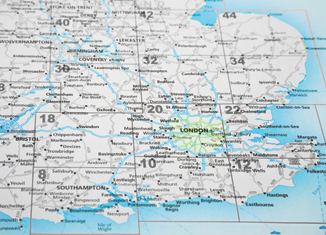Landlords seeking to challenge tenant's enfranchisement claims under the Leasehold Reform Act 1967 will be reassured by the outcome of two recent, much publicised, co-joined appeals to the Supreme Court, known as the 'Hosebay' cases, which would appear to have closed a loophole in the Act that allowed tenants of buildings that were constructed as a 'house' but are now in part or whole used for commercial purposes to seek to acquire their freehold through a loose interpretation of the meaning of the description 'house'. However, it is generally agreed that the cases haven't put the argument entirely to bed and the discussion of what exactly constitutes a 'house' may rumble on.
It was the interpretation of what defines a house as being such that lay at the heart of the Hosebay cases - and continues to be the sticking point for tenants and landlords locked in enfranchisement discussions today. The Act was originally intended to help residential tenants who occupied a property as their main residence to acquire the freehold or a lease extension and defines a house as 'any building designed or adapted for living in and reasonable so called'. Revisions to the Act were then introduced by the Commonhold Leasehold Reform Act 2002, which removed the residency requirement in recognition of the fact that tenants often own their leases through a company that, by definition, cannot 'reside' at the property.
This change highlighted the issues that became the points of contention in the Hosebay cases. Tenants who owned leases of buildings that were formerly houses, but had been converted for commercial use, realised that they might be able to acquire the freehold of the building by using the enfranchisement legislation, while commercial landlords grew concerned that they stood to lose valuable freeholds to commercial tenants and investors, rather than to the residential tenants that the Act had been introduced to protect.




















